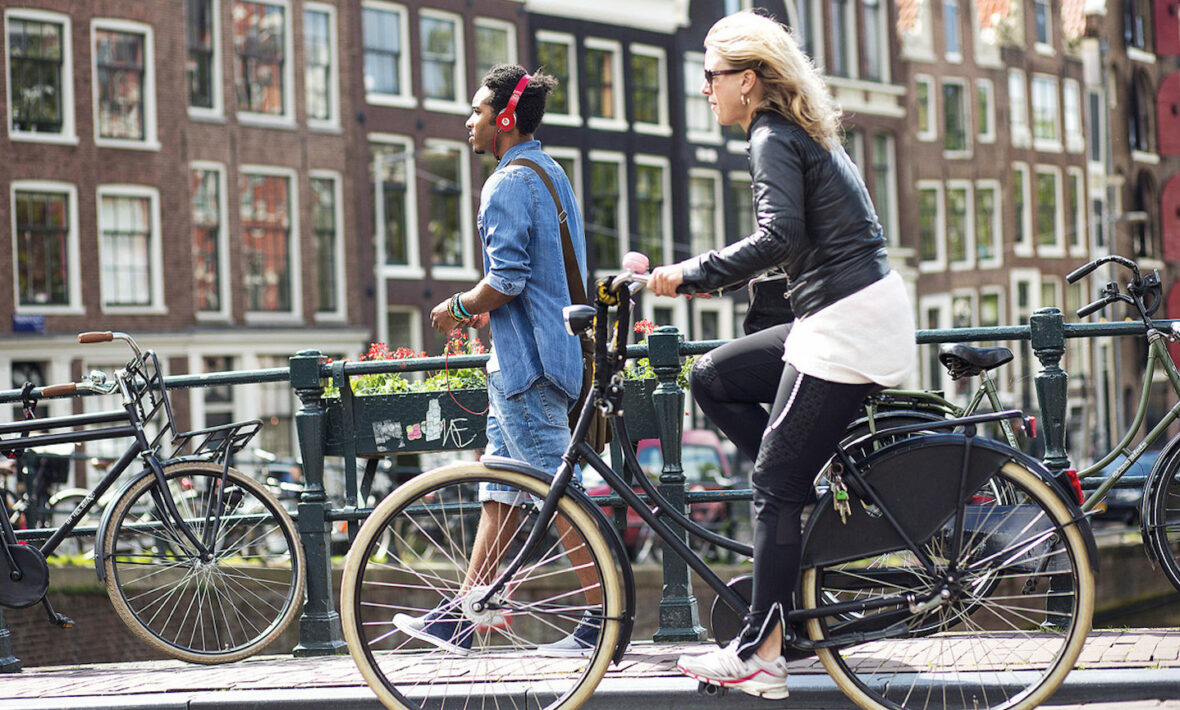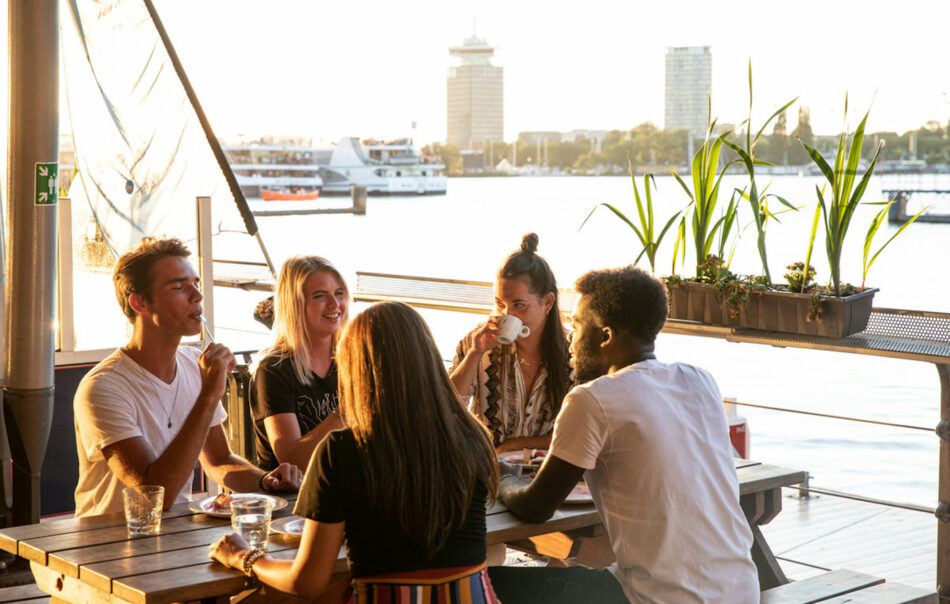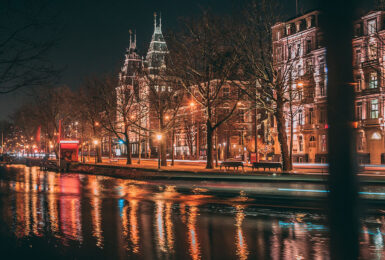
If you’ve ever been to Amsterdam, you’ll agree that it’s a place like no other. With 180 different nationalities residing in one beautiful city, Amsterdam truly is a cultural melting pot. But being a melting pot isn’t enough – here are the ways that Amsterdam’s multicultural demographic are actually acknowledged, reflected and celebrated in the city.
Amsterdam offers free Dutch classes
Having lived in three different countries myself, I know first-hand how daunting moving country can be – especially with new language challenges. On top of the terrifying prospect of learning a new language, classes can often be super expensive, (as if moving country wasn’t costly enough). While the majority of people in Amsterdam do speak English, new residents are made to feel welcome by the offer of free Dutch classes to help their transition, allowing them to feel more at home in the city. You go, Holland!
The food scene is mega diverse
The city’s diverse population is reflected in its eclectic food scene. Whatever you’re in the mood for, you can experience cuisine from just about every country on the globe. Even the city’s most popular street food munches are a reflection of it’s global influences, such as Loempia – delicious asian-style savoury spring rolls.
I’m also a sucker for a street food market, and Amsterdam does not disappoint on that front. De Ten Katemarkt in the city’s west side features fresh produce from global vendors, including Asian, Spanish and French produce grocers. For African and South American influences, head to the relaxed yet experiential Yada Yada indoor market, which hosts a range of world street foods as well as clothes, accessories and live music. From sushi to falafel, tagine to (my fave) jerk chicken, Amsterdam is the place to be for world foods.

Art is power in the city
Aside from the more obvious (but still incredibly important) Jewish Museum, art & culture initiatives have been set up to ensure diversity and multiculturalism have their place in the limelight. Recently, in a project titled ‘180 Amsterdammers’, Amsterdam celebrated its cultural melting pot by mapping all of the 180 nationalities that make up the city, and profiling representatives from each nationality. These portraits, and corresponding personal stories, were shown in the media throughout the year to shed light on the rich cultural landscape of the unique city.
Textile designer Barbara Boekman’s ‘My town: A celebration of diversity’ similarly drew attention to the city’s multi-faceted scope with a 40 metre long tapestry depicting 179 different cultures from Amsterdam. The carpet supported the permanent exhibition called ‘Amsterdam DNA’, which presents a historical overview of Amsterdam’s diverse demographics. Just two examples, but many artists in the city currently strive to counter the anti-immigration narrative that manifests in Europe.
LGBT+ rights are protected
Amsterdam’s cultural policy boasts an ethos of ‘open-mindedness’, particularly when it comes to the protection of the LGBT+ community. The city takes pride in its history of supporting its gay communities, and promoting LGBT+ rights. Alongside a buzzing and unique nightlife, Amsterdam hosts major celebrations every year – with its pride festival being one of the biggest in the world.
LGBT+ visitors and residents needn’t stray for a warm welcome; an open attitude permeates every corner of the city, with more gay-friendly attractions per square metre than anywhere else on the globe! The LGBT+ spirit can be felt throughout the streets, and enriches the city’s buzzing culturally diverse tapestry.

Image source:Monika Kozub / Unsplash
There’s a bunch of multicultural festivals
Amsterdam is well-known for its festivals, and many of them serve as opportunities to honour the city’s multicultural population. Most notable is The Kwaku Festival – a multicultural gathering focused on bringing people and cultures together for a vibrant combination of food, drink, dance and sport. Rooted in the abolition of slavery in Suriname and the Dutch Antilles, this is Amsterdam’s way of acknowledging the country’s past with slavery, whilst simultaneously celebrating a diverse and tolerant present.
Equally popular is the Drongo Language Festival, a celebration of multilingualism at Utrecht University. Seeking to inspire the learning of a new language, the festival promotes language as a medium for cultural exchange – and does so by bringing speakers of various languages together in creative symposium. The festival offers a range of language crash courses, from Arabic to Mandarin, and one can expect a range of activities – from presentations, to theatre performances, to a fair for language scholars and organisations.








